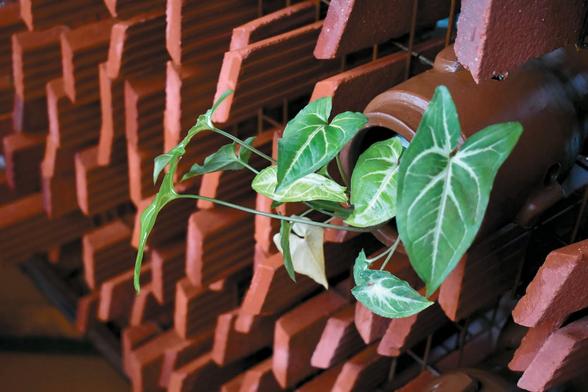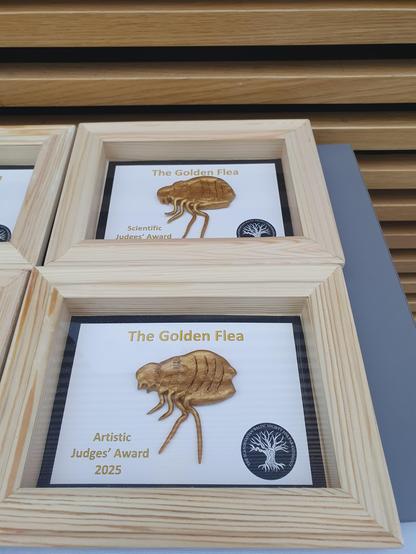“Terracotta’s porous surface
allows water to slowly evaporate,
carrying heat away and cooling the space around it,”
says Adithya Pradyumna,
an environmental health researcher at Azim Premji University in Bengaluru.
Drawing on this principle, architects in India’s sprawling metro areas
are turning to terracotta for new passive cooling solutions
that range from clay refrigerators to perforated tiles,
ventilated screens, and facades
that allow natural ventilation and help heat and
moisture transfer
between indoor and outdoor environments.
In certain designs, water is also distributed across terracotta surfaces to evaporate and thus lower surrounding temperatures.
Passive cooling uses building design
to regulate indoor temperatures with natural materials,
strategic ventilation and well-controlled shading.
This approach works particularly well in the Mediterranean and other arid or semiarid places
— like parts of the Pacific Northwest,
where research found it can reduce
air-conditioning loads by up to 70 percent




